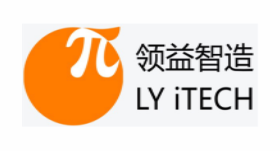The linear displacement sensor works like a sliding rheostat and acts as a voltage divider, showing the actual position of the measured position with the relative voltage. The function of the linear displacement sensor is to convert the linear mechanical displacement into an electrical signal. In order to achieve this effect, the rheostatic slide is usually fixed to a fixed position of the sensor, and different resistance values are measured by the displacement of the slide on the slide.
Linear displacement sensor is also known as the resistance ruler, carbon film ruler, electronic ruler, its principle is simple, usually the variable resistance slide is fixed in the sensor fixing part, through the brush slide to change the resistance value of the carbon film ruler, get the necessary resistance value. In the rail connection part of the sensor, a DC voltage that flows with a small ampere current proportional to the length of the slide is generated as it moves. Because the change of resistance value caused by temperature change has no effect on the measurement result, the precision requirement of the resistance value of the whole slide can be controlled to a minimum by using the sensor as a voltage divider.

































